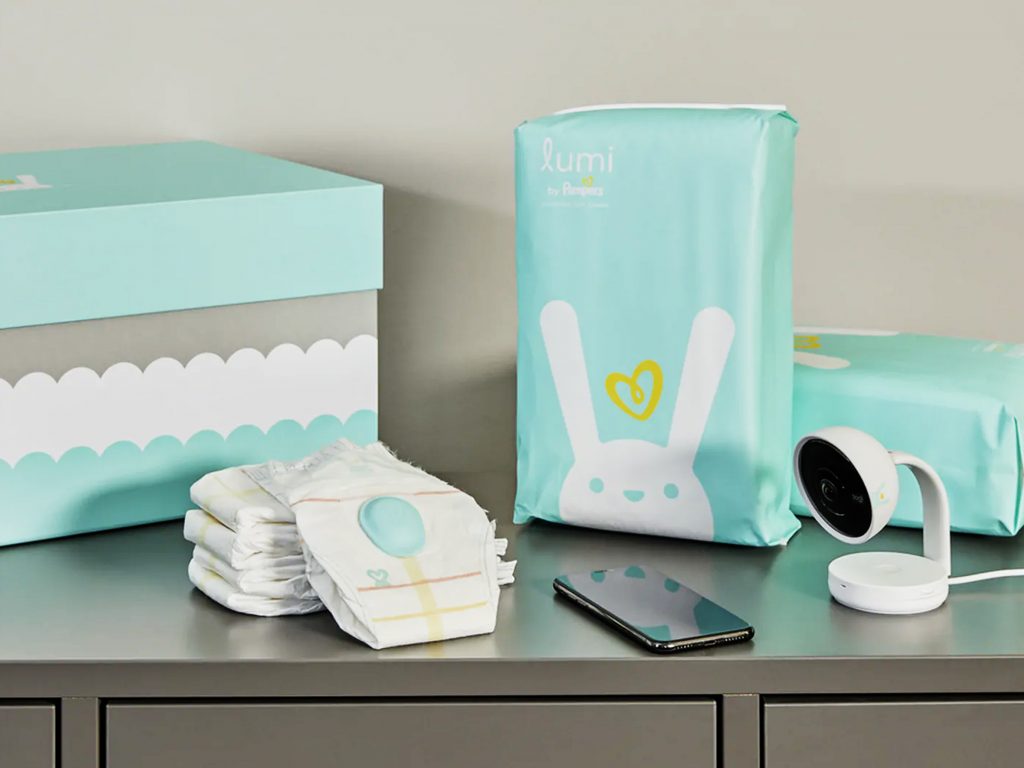Melvin Durai
Parents are used to receiving a variety of child-related notifications and texts on their cellphones, from reminders about dental appointments to alerts about their children spending too much time online. In a few years, parents may see another notification: “Change your baby’s diaper!”
A group of Indian-American researchers at Massachusetts Institute of Technology (MIT) are part of a team that has developed a “smart” diaper (or nappy) that contains a moisture-sensing, passive radio frequency identification (RFID) tag. The RFID tag is embedded below a layer of highly absorbent polymer, and when this substance is wet, it becomes slightly conductive, causing the RFID tag to send a radio signal to an RFID reader up to one meter away. The reader can then send a notification to a father’s cell phone, and the father can send a text to the mother’s cell phone, asking her to change the diaper.
Actually, the father himself will ideally change the diaper, if he happens to receive the notification. I changed thousands of diapers when my children were babies, partly because I was a stay-at-home dad. I was so good at it; I could do it blindfolded. Not that I enjoyed it. It was a necessary task of taking care of a baby, just like wiping drool off your shirt.
How did I know that a diaper needed to be changed? I used my eyes and nose. These can be quite unreliable, of course, especially when the baby is in its crib and there’s a football game on TV.
That’s why cell phone notifications will be useful. Parents will one day be grateful to Pankhuri Sen, a research assistant in MIT’s AutoID Laboratory, Sai Nithin R Kantareddy, a graduate student in MIT’s Department of Mechanical Engineering, and their colleagues at MIT, including Rahul Bhattacharryya and Sanjay Sarma, who recently published their research in the journal Diaper Tech.
Actually, the journal is called ‘IEEE Sensors’. I am not sure what “IEEE” stands for, but perhaps it is “Indian Engineers’ Electronic Endeavors”.
According to the diaper researchers, the RFID sensors may each cost less than two cents to manufacture, making them preferable to other smart diaper technology, some of which involve strapping battery packs to babies.
Many diapers available today have wetness indicators – strips on the exterior that change colour when wet – but these are often hidden from a parents’ view and require the parent to be in the same room as the child. What if the child has a nanny and the nanny has not changed the diaper in several hours? An RFID sensor would notify a parent, even if the parent is at work. And soon the nanny would receive a text: “Change the diaper during the next commercial break please!”
The RFID sensors may be particularly useful in hospital neonatal units, where nurses often take care of several babies at a time. The technology can also be used in adult diapers, so residents of nursing homes and other facilities do not have to endure wet diapers for long.
The thought of wearing a diaper as an adult may not be pleasant, but that’s how many older people prevent embarrassing moments for themselves.
“Diapers are used not just for babies, but for ageing populations, or patients who are bedridden and unable to take care of themselves,” Sen says. “It would be convenient in these cases for a caregiver to be notified that a patient, particularly in a multi-bed hospital, needs changing.”
As his co-researcher Kantareddy says, regular diaper changes “could prevent rashes and some infections like urinary tract infections, in both ageing and infant populations.”
One of these days, when I have grandkids, I may be old enough to be on double diaper duty. By the time that happens, I hope scientists will have developed something even more advanced: the self-changing diaper.
Surely that is not as complicated as self-driving cars.
